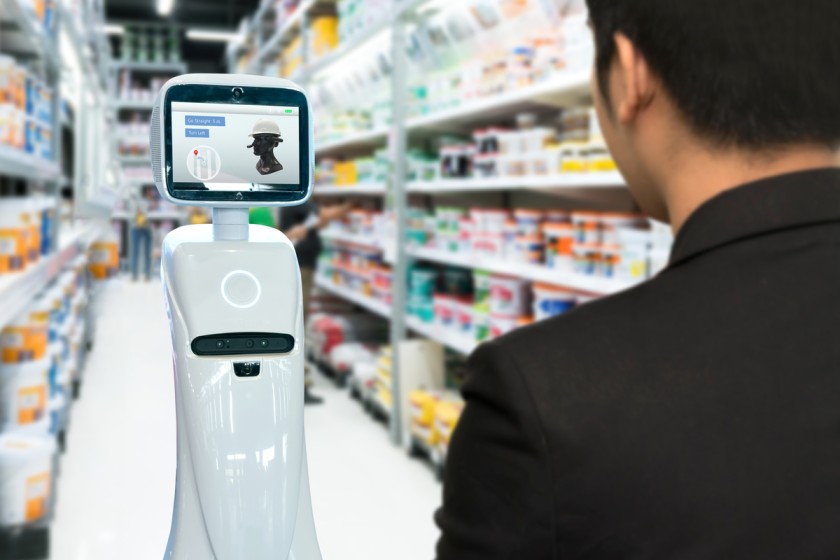Technology is set to transform the retail industry. What to expect in the future?



With social distancing still relevant, a major focus on a virtual mode of living continues to prompt innovations. No wonder, technology is reshaping pretty much everything we have known. Many business operating models have transformed themselves with the help of technology to adapt to the current scenario. The effect is felt in the retail landscape more than anywhere else. Even the customer behaviors have changed significantly as many of them have adapted to the new normal by now. They no longer expect the usual in-store experience like before pandemic. Retailing has to consider these factors and we have seen enough to believe that technology is shaping the retail industry.

Here we have five tech trends that assure a technology-driven retailing in the future :
1. Integrated and E-commerce friendly POS system :
Retailers need to sell products on e-commerce platforms with similar ease and efficiency of the brick and mortar stores. They need to amass the same customer base which has to be satisfied. A fully integrated POS system seems like a solution. A business can have both online and in-store options but that is not enough. It needs to synchronize the two domains with POS integration and e-commerce. This allows a top-notch integration of online and offline transactions, promotions across all in-person and online outlets, and inventory management.
2. Big Data or Predictive Analysis :
Amassing vast data wasn’t essentially any big deal for the retail industry but analyzing them for benefits has been missing. Problem-solving, newer innovations, retrospective analysis, anticipating actions and outcomes have become easier with this predictive analytics. Now the retailers can arm themselves with proactive measures to combat any market changes.
3. Virtual Fitting/Trial Rooms :
This is a case of augmented reality where a virtual version of the “try it before your buy it” approach is successfully maintained. This is a unique proposition that has enabled the customers to try out outfits and jewelry in virtual fitting rooms. Retailers like Sephora, Kendra Scott, and Etsy have utilized this virtual fitting room technology.

4. Customer ChatBots :
Customers have become more and more comfortable with messaging, hence this can be adopted as a means of an effective communication channel. This will reduce the volume of calls, usually manually managed. AI bots can help in the process. The customer journey (both pre-sales and post-sales) can be assisted by Artificial Intelligence Bots. This can improve customer experience and reduce cart abandonment.
5. Automation at every level :
Robotics and autonomous technology have already begun to prove their worth. The need for automation in retailing is greater than ever with the persisting protocols of the pandemic. In fact, it is expected that 2025 will see Autonomous Mobile Robot (AMR) helping the warehouse fulfill bulk orders. Verizon and UPS Flight Forward made an announcement earlier this year, a promise to develop a technology that allows a contactless drone retail delivery. The 5G connectivity can help in better traffic control and prevent collisions.



















